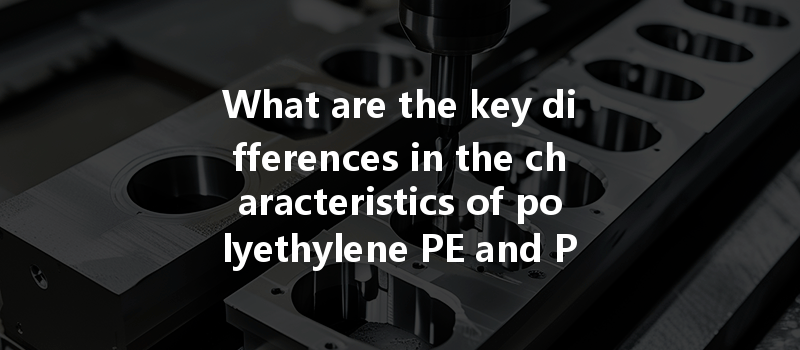Opening: The Power of Material Selection in CNC Machining
Did you know that the right choice of material can influence the entirety of a manufacturing process, from cost-effectiveness to durability? According to recent studies, over 60% of production issues can be traced back to material selection. This plethora of possibilities in material choice is especially evident in CNC (Computer Numerical Control) machining—a field that thrives on precision and accuracy. Among several contenders, Polyethylene (PE) and PA6 (Polyamide 6 or Nylon 6) emerge as popular choices in CNC machining. However, understanding their differences is crucial for optimal performance in product development. This blog will explore the unique characteristics of PE and PA6 Nylon and how these distinctions affect CNC machining techniques.
—
Section 1: Overview of Polyethylene (PE) and PA6 Nylon
1.1 What is Polyethylene (PE)?
Polyethylene is one of the most commonly produced plastics worldwide, recognized for its lightweight, chemical resistance, and ease of fabrication. It comes in various forms, such as Low-Density Polyethylene (LDPE) and High-Density Polyethylene (HDPE). These attributes make PE a go-to material for applications ranging from packaging to automotive components.
1.2 What is PA6 Nylon?
PA6 Nylon is a type of polyamide, noted for its high strength, durability, and excellent abrasion resistance. It is commonly used in applications requiring toughness and resilience, such as gears, bearings, and various mechanical parts. The moisture absorption rate of PA6 Nylon is also higher compared to PE, which can influence its mechanical properties in different environments.
—
Section 2: Key Characteristics
2.1 Mechanical Properties
One of the most critical aspects to consider when choosing between PE and PA6 Nylon for CNC machining is their mechanical properties.
2.2 Thermal Properties
The thermal properties of materials determine their behavior under temperature changes.
2.3 Chemical Resistance
When it comes to chemical stability, the differences are pronounced.
—
Section 3: CNC Machining Processes
3.1 Machining PE

Machining polyethylene on CNC machines can present its unique set of challenges and techniques.
3.2 Machining PA6 Nylon
Machining PA6 Nylon presents its own unique set of considerations.
—
Section 4: Cost Considerations
When deciding between PE and PA6 Nylon for CNC machining, financial implications come into play.
—
Section 5: Application Scenarios
Understanding the ideal application scenarios for PE and PA6 Nylon helps guide material selection.
—
: Making an Informed Decision
Choosing between Polyethylene (PE) and PA6 Nylon for CNC machining is a decision that extends beyond mere preferences; it’s a strategic choice that could dictate the end product’s quality, longevity, and cost-effectiveness. Understanding the differences in mechanical properties, thermal characteristics, chemical resistance, and appropriate machining techniques is crucial for manufacturing efficiency.
As the industry grows and material science advances, this knowledge empowers engineers, product designers, and CNC machinists alike to make informed decisions. Your choice can significantly impact your production lines and product lifespan.
In summary, with thoughtful consideration of the unique attributes and machining methodologies of PE and PA6 Nylon, you can optimize your CNC manufacturing processes and enhance the end-product quality. Remember, material choice is fundamental to achieving excellence in CNC machining—so invest the time to understand it!
Related Posts
- How does the thermal expansion coefficient affect CNC machining of parts and how can it be controlled?
- What is the hardness difference between 630 stainless steel and 321 stainless steel after CNC machining?
- How can CNC machining effectively release the internal stress of parts during surface treatment processes?



